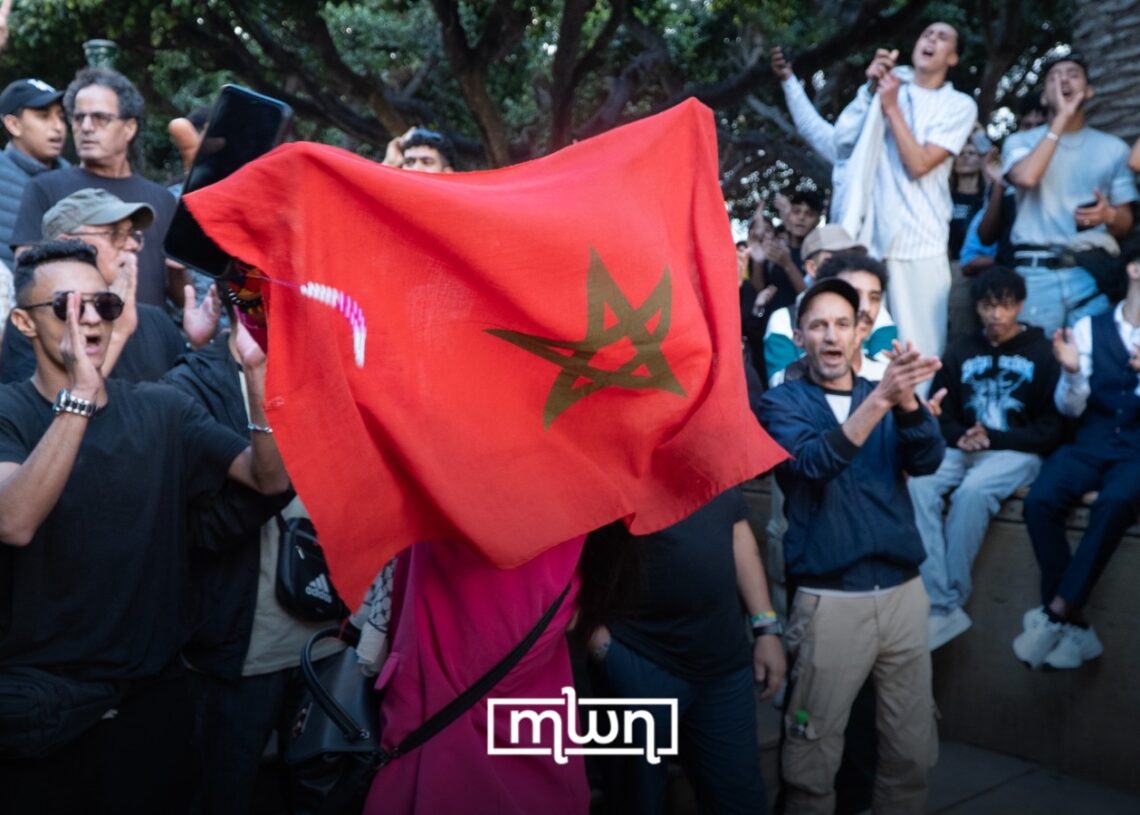The Marina Bay Street Circuit is one of the toughest venues on the calendar for overtaking – so how exactly did Carlos Sainz go from the back of the grid to the final points-paying position at the 2025 Singapore Grand Prix?
Thanks to a…

The Marina Bay Street Circuit is one of the toughest venues on the calendar for overtaking – so how exactly did Carlos Sainz go from the back of the grid to the final points-paying position at the 2025 Singapore Grand Prix?
Thanks to a…

The Indian men’s football team will play back-to-back ties against Singapore in Group C of the AFC Asian Cup 2027 Qualifiers on Thursday and Tuesday.
The India vs Singapore football matches in the AFC Asian Cup Qualifiers will be available to…

President of France Emmanuel Macron prepares to deliver a speech during a state banquet at Guildhall on July 9, 2025 in London, England. President Emmanuel Macron and Mrs Brigitte Macron are in the U.K. for the first visit state visit made by…

Rabat – The Moroccan youth movement GenZ212 announced on Tuesday a temporary suspension of nationwide demonstrations until Thursday, recognizing the recalibration of efforts and strengthened coordination ahead of a critical…

Yuki Tsunoda was left crestfallen in the wake of the Singapore Grand Prix as the Japanese racer failed to score points under the lights at Marina Bay. Much of that was to do with his start, which he called “the worst” of his racing career.

A high-level consultative meeting chaired by…